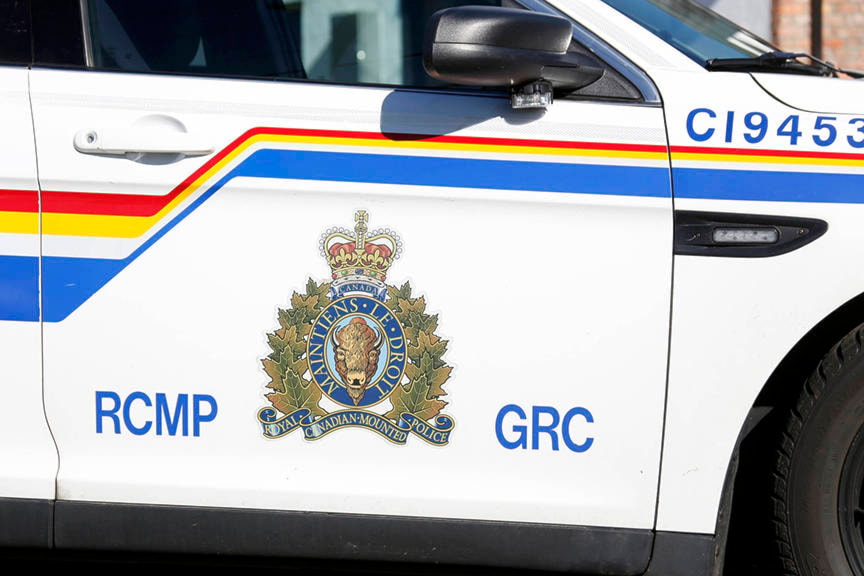Crimes rates have fallen in the Burns Lake area since 2017, an RCMP officer said at a recent public meeting.
In an update about the community presented to the village council on Jan. 29, Cpl. Greg Willcocks gave statistics on rates of certain crimes in the region for 2017 and 2018.
“For 2017 we had a total of 3,347 calls for services. These calls could’ve been anything from a barking dog to an alarm to something very serious. And everything in between,” Willcocks said.
“In 2018 our count was 3,102 calls for service. A decrease of about 7.3 per cent.”
Property crime and mischief rates have also fallen and in 2017 there were 54 mischief calls, which went down to 41 in 2018.
Break and enter incidents were at 34 in 2017 and 24 in 2018, “a decrease of 37 per cent,” said Willcocks.
He attributed those reductions to the detachment’s prolific offender program, which targets the small number of people in the community who cause most of the trouble and calls for service.
“We focus on those people and make regular contact with them. If they breach their conditions we deal with them appropriately…a lot of our prolific offenders have either been charged or put into jail, that’s why our file count has dropped down, because we’ve been very strict in enforcing those conditions.”
The exception in the statistics that the corporal presented was impaired driving, which saw an increase of 39 per cent of incidents in 2018, rising from 41 impaired drivers caught by the Burns Lake detachment in 2017 to 67 in 2018.
“When impaired driving is up that’s never a good thing but it’s almost like a double-edged sword,” Willcocks explained. “The majority of impaired driving files and charges are because of the officers going out and proactively catching those drivers.”
He added that the RCMP’s Christmas season road stop program checked hundreds of drivers, the vast majority being sober.
READ MORE: Three drivers found impaired, most sober during holidays, RCMP says
Touching on the issue of drugs in the community, Willcocks said that narcotics coming into town have caused overdoses, for example at Lake Babine First Nation.
“Sometimes we arrive at a scene before our friends at EHS [Emergency Health Services] do and we carry Narcan with us in case there’s an overdose.”
Active investigations into those responsible for bringing in drugs are ongoing, he added.
The corporal also clarified some technicalities of recreational cannabis, which was legalized on Oct. 17, 2018.
LOOK BACK: Recreational weed goes legal across Canada
“Driving under the influence of cannabis is illegal. There’s specially trained members with the Burns Lake detachment who can detect the presence of cannabis in somebody through a number of different tests,” Willcocks said.
Up to 30 grams of cannabis can be carried in public, including in a vehicle but it can’t be openly displayed, similar to how having an open beer in a vehicle is illegal.
Growing as many as four plants in the home is legal for recreational purposes.
Smoking cannabis in public is legal, but “you can’t smoke anywhere where there’s children or schools or playgrounds. And you also can’t smoke it in a vehicle. And minors are prohibited from possessing cannabis.”
Willcocks pointed out that some communities, like Smithers, have passed bylaws to restrict public use of cannabis.
The laws in Smithers mirror the provincial regulations on cannabis but the town council has established buffer zones around schools, parks and playgrounds to separate them from cannabis dispensaries, Matt Davey, prevention and community safety officer with the town, told Lakes District News.
